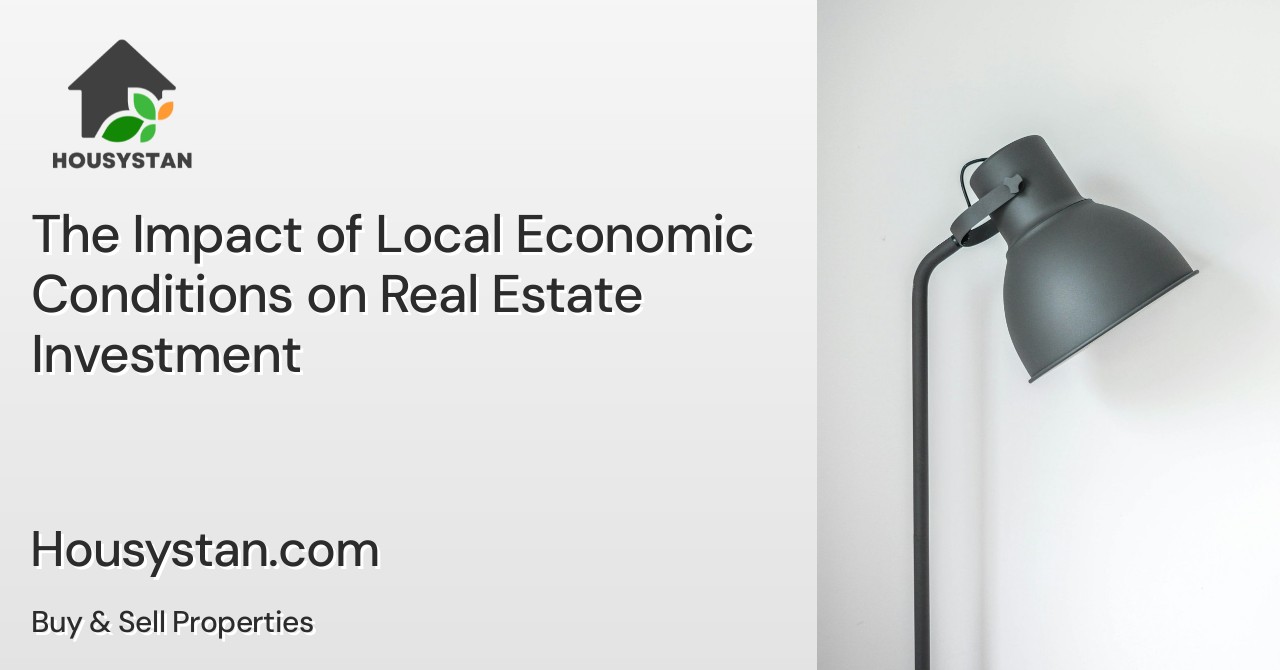The Impact of Local Economic Conditions on Real Estate Investment
Read latest blogs and articles from Housystan

The Information mentioned here was last updated on:
31/12/2025The impact of local economic conditions on real estate investment is profound and undeniable. For anyone considering property investment, understanding how regional economic trends influence market performance is essential. Local job growth, business development, and population changes all play pivotal roles in shaping real estate opportunities and risks. Areas experiencing robust employment rates typically attract more residents, spurring demand for housing and commercial properties. Conversely, regions facing economic decline may see decreased property values and less investor interest.
Real estate investors must evaluate key economic indicators before making decisions. Metrics such as median income, unemployment rates, and business activity offer valuable insight into a community’s financial health. For example, cities like Austin, Texas, and Raleigh, North Carolina, have witnessed significant real estate appreciation due to sustained economic expansion, tech sector growth, and an influx of new residents. In contrast, locations with stagnant economies or declining industry presence might pose greater risk, impacting both rental yields and long-term appreciation potential.
Additionally, infrastructure development and public investment directly affect property values. Projects such as new transportation links, schools, and hospitals can transform neighborhoods and attract new businesses. In places where local governments actively support growth through tax incentives or revitalization initiatives, real estate investors often find rewarding opportunities. On the other hand, regions lacking these investments may struggle to maintain property values, regardless of broader national trends.
- Verified Tenants/Buyers
- Unlimited Property Listing
- Zero subscription/charges fee
Investors should also consider the broader economic climate alongside local conditions. While national interest rates and economic policies set the stage, it is the unique combination of regional factors that determines property performance in each location. Data-driven analysis of local markets, including demographic shifts and employment trends, provides investors with a competitive edge. By focusing on areas with strong economic fundamentals and growth potential, real estate investors can maximize returns and minimize risk across any market cycle.
Choosing the right location based on local economic conditions is critical for successful real estate investment. Whether investing in established urban centers or emerging suburban communities, those who prioritize economic research and market analysis will consistently identify the most promising opportunities.